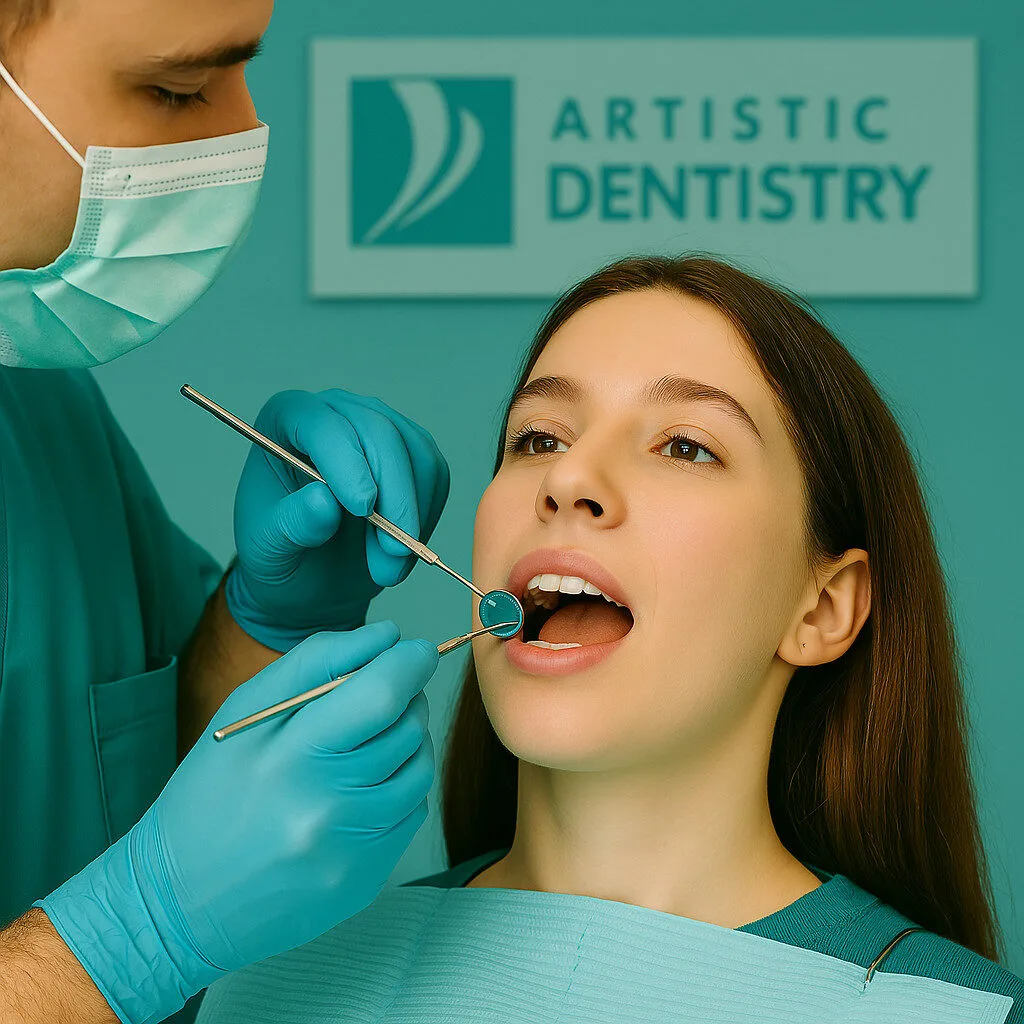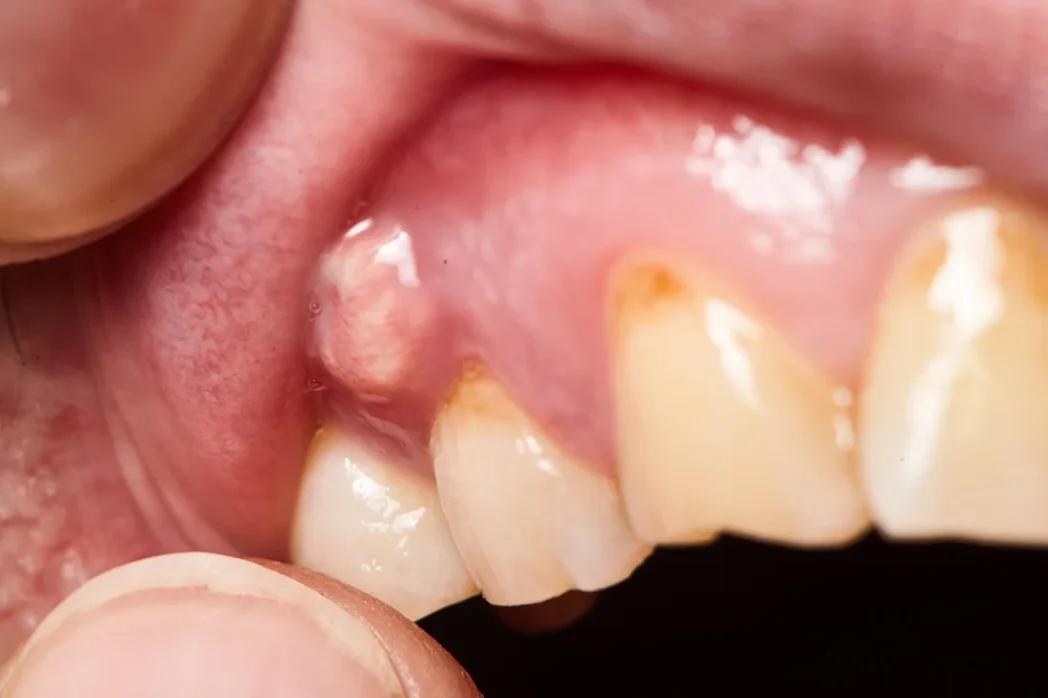What Is a Dental Abscess?
What You Need to Know About One of the Most Serious Dental Infections
A dental abscess is more than just a toothache. It’s a sign of severe infection that should never be ignored.
Untreated decay, cracks, or gum disease lead to infections that turn into abscesses every day. At Artistic Dentistry in Houston, we want to help you recognize the signs early, understand your options, and prevent this painful condition altogether.
The Basics: What Is an Abscess?
An abscess is a pocket of pus caused by a bacterial infection. Your body sends white blood cells to fight the infection, which results in swelling, pressure, and pain in the area.
There are two main types of dental abscesses:
- Periapical Abscess – Occurs at the root of a tooth, usually caused by decay that reaches the nerve and kills the pulp tissue.
- Periodontal Abscess – Forms in the gums due to advanced gum disease or bone loss around the teeth.
Both can cause significant pain and require prompt dental treatment to avoid further complications.
Symptoms to Watch For
Abscesses can come on suddenly and are often very painful. Here are the most common warning signs:
- Throbbing or shooting pain in the tooth or jaw
- Swelling in the face, cheek, or neck
- Tender or swollen lymph nodes
- Bad breath or a foul taste in your mouth
- Sensitivity to hot, cold, or pressure
- Fever or general fatigue
- A visible bubble on the gums near the affected tooth
⚠️ Important: Sometimes, the pain disappears if the abscess drains. But this does not mean it’s healed. The infection is still present and can spread.
What Happens If You Don’t Treat It?
An untreated abscess can lead to:
- Bone loss in the jaw
- Tooth loss
- Infection spreads to other parts of the body
- In rare cases, life-threatening complications
That’s why fast, professional treatment is essential.
How We Treat a Dental Abscess
Treatment depends on the source and severity of the infection. Your dentist may recommend one or more of the following:
- Root Canal Therapy
Used for periapical abscesses to remove infected nerve tissue, clean the canals, and seal the tooth. Usually followed by a crown. - Scaling and Root Planing
Periodontal abscesses are treated with a deep cleaning. This procedure removes bacteria below the gum line and may include antimicrobial rinses or laser therapy. - Antibiotics
They may be prescribed to help clear up the infection, but they don’t fix the cause—you’ll still need dental treatment. - Tooth Extraction
If the damage is too severe to save the tooth, we may recommend removing and replacing it with an implant or bridge.
How to Prevent an Abscess
The best way to avoid an abscess is to stay ahead of decay and gum disease. Here’s how:
- Brush twice daily with fluoride toothpaste
- Floss every day—even if your gums bleed
- Get regular dental cleanings and checkups
- Avoid sugary snacks and drinks between meals
- Drink fluoridated water
- Use a daily antibacterial mouth rinse
And never ignore lingering tooth sensitivity or pain. These are often the first warning signs that something is wrong.
Early Action = Less Pain, Less Cost, and Better Health
Abscesses can be scary—but they’re treatable when caught early. If you notice any signs of swelling, pressure, or persistent pain, don’t wait. We can help you feel better fast and protect your overall health.
Have questions or think you may have an abscess?
Schedule your urgent dental appointment with Artistic Dentistry in Houston today.











